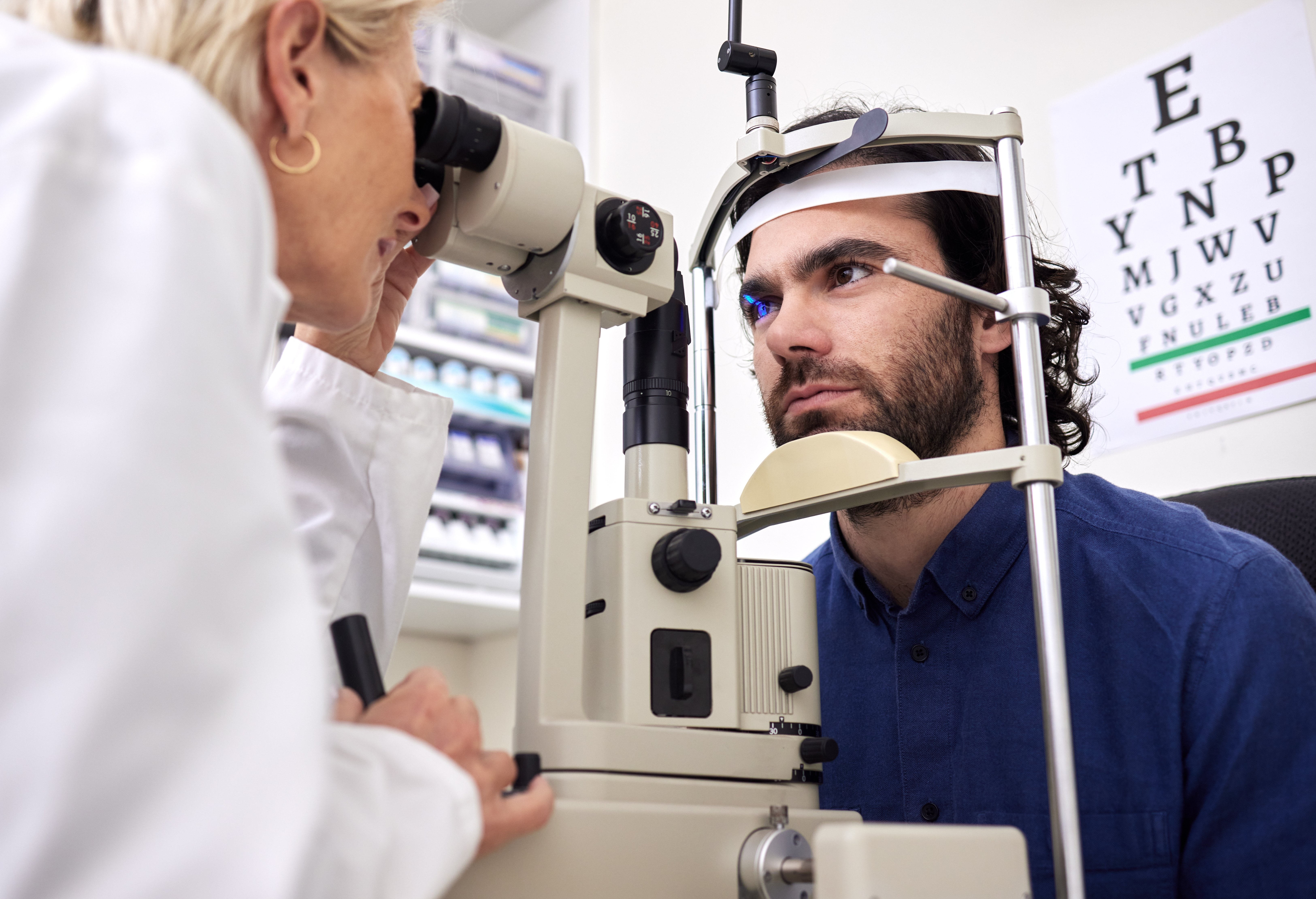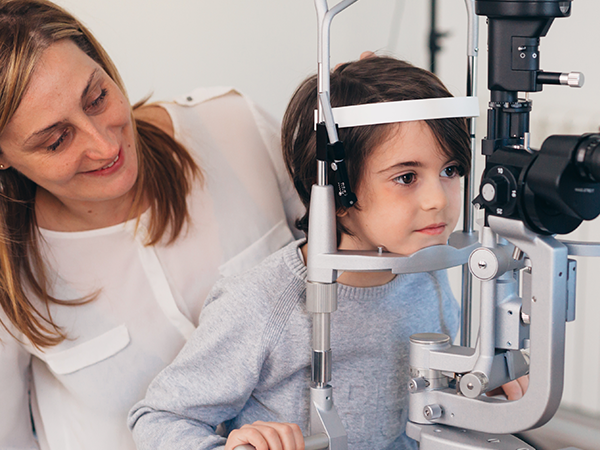
You should get a comprehensive eye exam every one to two years. How often depends on various factors like your age, medical history, and if you wear glasses or contact lenses. Keep in mind that visual screening is different from comprehensive eye exams. The latter is a more in-depth exam that can catch underlying eye conditions before it’s too late.
Why Do You Need an Eye Exam?
Before discussing the “when” of getting a comprehensive eye exam, it’s important to talk about the “why” as well. It’s a common misconception that regular eye exams aren’t necessary when you don’t have any symptoms. Getting your eyes checked at every stage of your life is crucial for several good reasons.
Correcting Vision Problems
A comprehensive eye exam can find out if you have vision problems. Part of the exam assesses your ability to see things clearly at various distances. It’s also to check refractive errors such as farsightedness and nearsightedness. Vision changes over time, and you can find out if you need to update your prescription with eye exams.
Detecting Eye Diseases Early
Even with perfect vision, you must undergo a comprehensive eye exam to detect eye diseases before they become severe. Early detection is critical to curing and managing various eye diseases, making it crucial for your eyes to get checked regularly. Eye exams can detect many eye conditions, such as cataracts, macular degeneration, and glaucoma.
Finding Other Health Conditions
You might not know this, but your eye health and general well-being are connected. Comprehensive eye exams can catch other health conditions that aren’t eye-related, such as diabetes and heart disease. Your primary doctor might not detect some of these conditions, but your eye doctor can. Your eye doctor can see your nerve tissue and blood vessels.
How Often to Get an Eye Exam?
As mentioned, the general advice is to get an eye exam every one to two years. But it’s a little different if you have certain risk factors, different ages, etc. Check below for the recommended frequency of comprehensive eye exams for children:
Birth to Age 2/Low-Risk Children – One exam between ages six to 12 months
Birth to Age 2/At-Risk Children – One exam between six to 12 months, or as recommended
Age 3 to 5/Low-Risk Children – At least one exam between ages three and five
Age 3 to 5/At-Risk Children – At least one exam between ages three and five, or as recommended
Age 6 to 17/Low-Risk Children – Before first grade and every year that follows
Age 6 to 17/At-Risk Children – Before first grade and every year after, or as recommended
On the other hand, you can find below the frequency of comprehensive eye exams for adults:
18 to 39 Years Old/Low-Risk Adults – At least every two years
18 to 39 Years Old/At-Risk Adults – At least every year or as advised
40 to 64 Years Old/Low-Risk Adults – At least every two years
40 to 64 Years Old/At-Risk Adults – At least every year or as advised
65 and Older/Low-Risk Adults – Every year
65 and Older/At-Risk Adults – At least every year or as advised
In any case, get an eye exam at least once a year, whether you are experiencing symptoms or not. It doesn’t seem that way, but a comprehensive eye exam can save your life.
Get your eyes checked at Grandview Eyecare today. Call us at (402) 768-6651 in our Hebron office or (402) 729-6162 in our Fairbury office in Nebraska.







